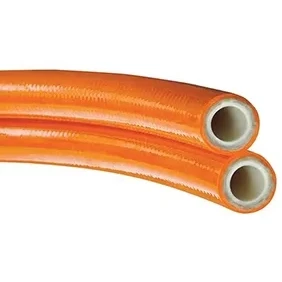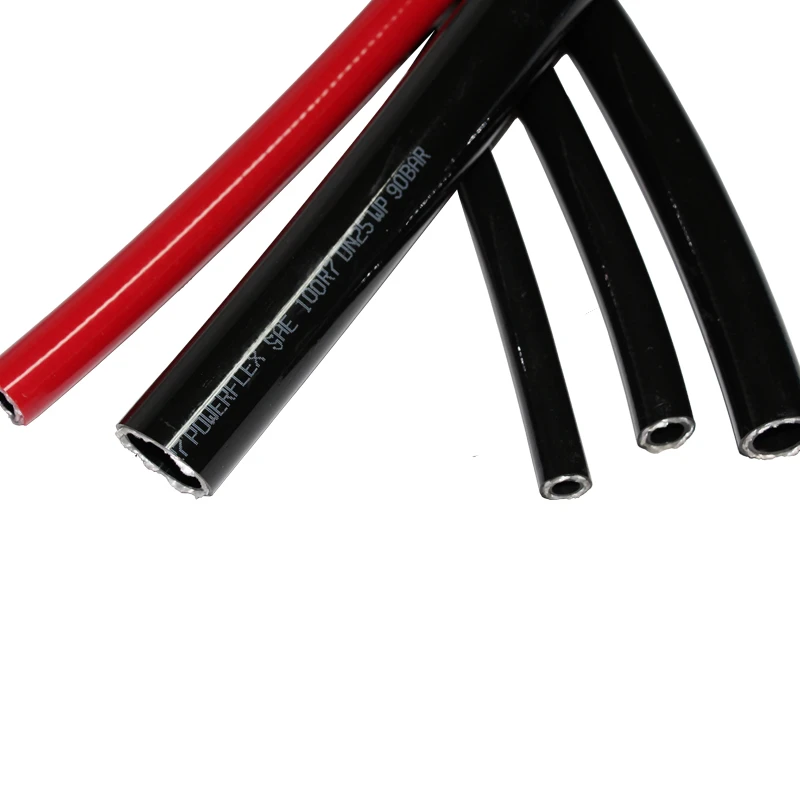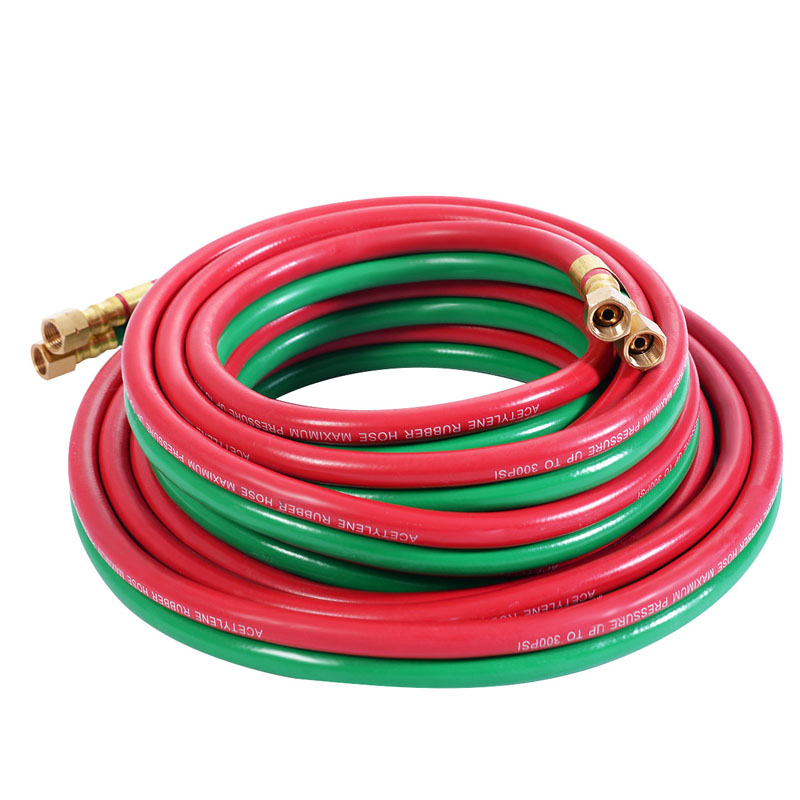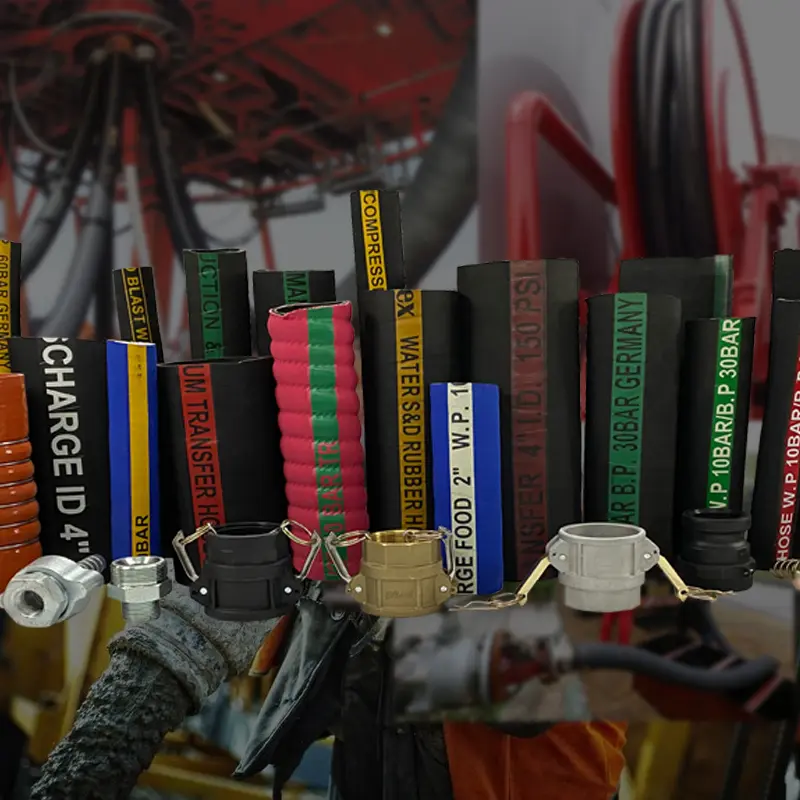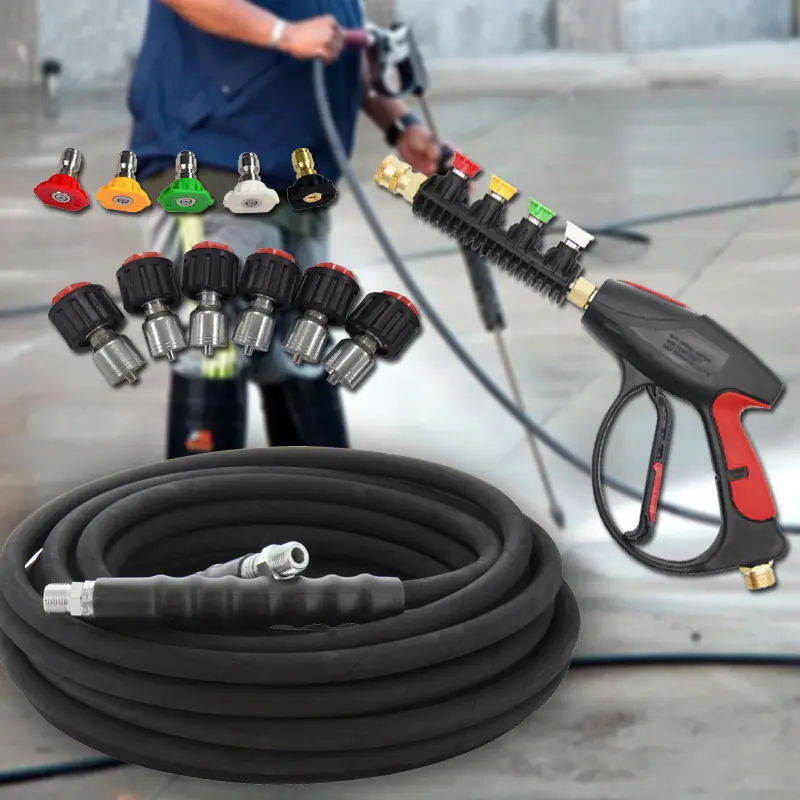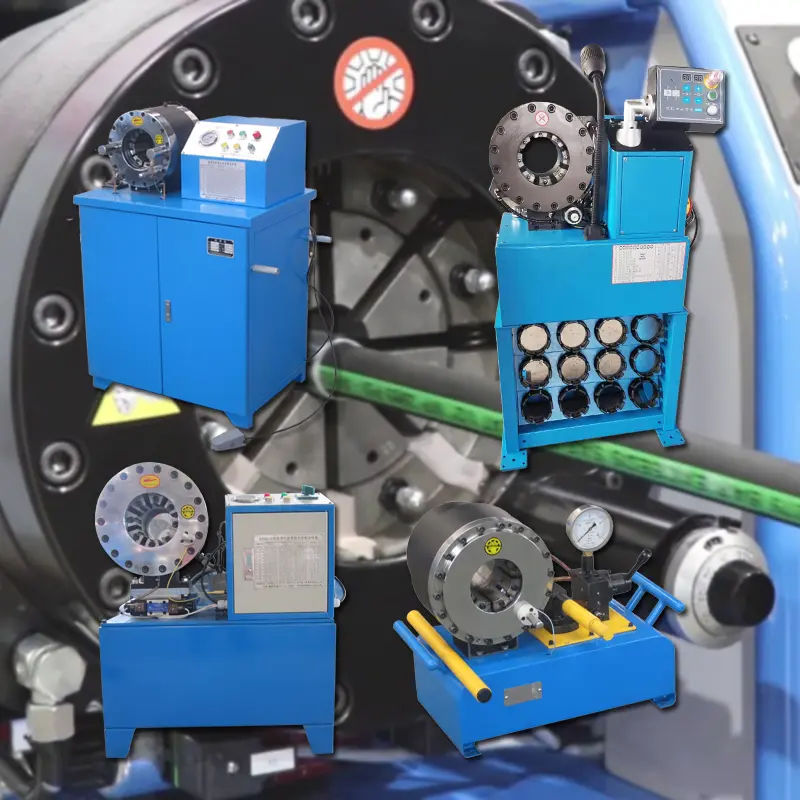Hydraulic hoses such as high pressure hose pipe, and high temp high pressure hose are vital components in hydraulic systems across industries. They transfer hydraulic oil and fluids under high pressure, ensuring smooth machine operation. However, like all mechanical parts, hydraulic hoses can fail due to wear, improper use, or environmental factors. Detecting failure early helps avoid costly repairs or safety hazards.
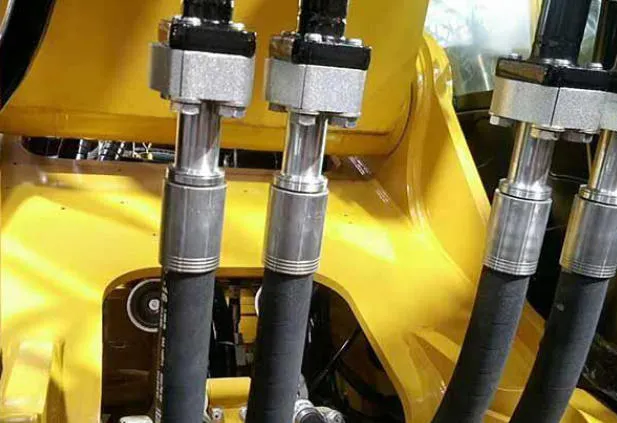
Visual Inspection: What to Look For
The simplest way to assess a hydraulic hose’s condition is through regular visual inspection. Look carefully for these warning signs:
Cracks or Cuts on the Outer Cover: The outer rubber or thermoplastic layer protects internal components. Cracks may indicate aging, UV damage, or abrasion.
Bulges or Blisters: Bulging areas usually mean internal reinforcement failure or fluid pressure causing the hose wall to weaken.
Abrasion Marks: Hoses rubbing against rough surfaces may develop worn spots or thinning outer layers, especially if protective sleeves are missing.
Leaks or Wet Spots: Hydraulic fluid leaking from the hose is an immediate red flag. It might appear as oily residues or droplets along the hose length or near fittings.
Kinks or Twists: Excessive bending or improper routing causes kinks that can damage internal reinforcement layers over time.
For example, a 3 8 steel hydraulic tubing may look intact externally but can develop microcracks under stress—visual checks alone might not catch all issues, so combine inspection with performance checks.
Performance and Pressure Testing
Visual signs aren’t the only indicators of hose health. Changes in system performance can also signal problems:
Pressure Drops: A failing high pressure hose pipe might cause pressure loss in the hydraulic system. If you notice slower or weaker operation, hose integrity could be compromised.
Unusual Noises: Whistling, hissing, or other abnormal sounds can indicate internal leaks or damaged hose layers.
Temperature Changes: Overheating hoses, especially high temp high pressure hoses, might indicate excessive friction or fluid leakage inside the hose layers.
Pressure Testing: Conduct pressure tests using calibrated gauges to ensure the hose withstands rated pressures. For instance, a 5 16 high pressure fuel line must be tested at its design pressure to confirm safety. Pressure testing can reveal hidden internal damage not visible externally.
Common Causes of Hydraulic Hose Failure
Understanding why hoses fail can help in early detection and prevention:
Exceeding Pressure Limits: Using hoses beyond their rated pressure causes bursting or internal delamination.
Improper Installation: Sharp bends, twists, or insufficient slack increase mechanical stress, hastening failure.
Abrasion and Environmental Damage: Contact with rough surfaces, UV exposure, or chemical corrosion degrades hose materials.
Contaminated Hydraulic Fluid: Particles or chemicals in the fluid can erode the inner tube, even in custom made hydraulic hoses.
Aging and Fatigue: Repeated pressure cycles cause material fatigue, leading to cracks or reinforcement failure.
Preventative Measures and Maintenance
Regular maintenance extends hose life and reduces unexpected failures:
Perform scheduled visual inspections, focusing on the areas near fittings and bends.
Avoid sharp bends and twisting during installation—use proper clamps and routing guides.
Protect hoses from abrasion with sleeves or shields.
Replace hoses exposed to harsh chemicals or extreme temperature fluctuations promptly.
Keep hydraulic fluids clean and replace filters regularly to prevent contamination damage.
When to Repair or Replace Hydraulic Hoses
Minor damage like small cuts or worn covers may be repairable using professional hose repair kits. However, significant bulging, leaks, or reinforcement damage warrants full replacement to ensure safety.
Replacing a 3 8 inch hydraulic hose or a high temp high pressure hose might be costly but is far safer and more economical than risking system failure. Always source replacement hoses from reputable manufacturers to match exact specifications.
FAQs on High Temp High Pressure Hose
How often should I inspect my hydraulic hoses?
Routine inspections should be monthly or as per manufacturer guidelines, with more frequent checks in harsh environments.
Can internal damage occur without external signs?
Yes, internal reinforcement can degrade before visible signs appear. Pressure testing helps detect such issues.
What pressure tests are recommended for a 5 16 high pressure fuel line?
Pressure tests at or above the hose’s maximum operating pressure, typically done in controlled settings, ensure reliability.
Are steel hydraulic tubing hoses less prone to failure?
Steel reinforced hoses like 3 8 steel hydraulic tubing offer greater strength but still require proper installation and maintenance.
Is it safe to use a damaged hose temporarily?
No, damaged hoses can fail suddenly and cause injury or equipment damage. Replace or repair immediately.
Regular inspection combined with performance monitoring and preventive care ensures your hydraulic hoses—including high pressure hose pipe, 3 8 inch hydraulic hose, and high temp high pressure hose—perform reliably and safely.
If you suspect hose damage or want professional guidance on maintenance and replacement, contact us for expert support and quality hydraulic hose products tailored to your needs.
Product Application











